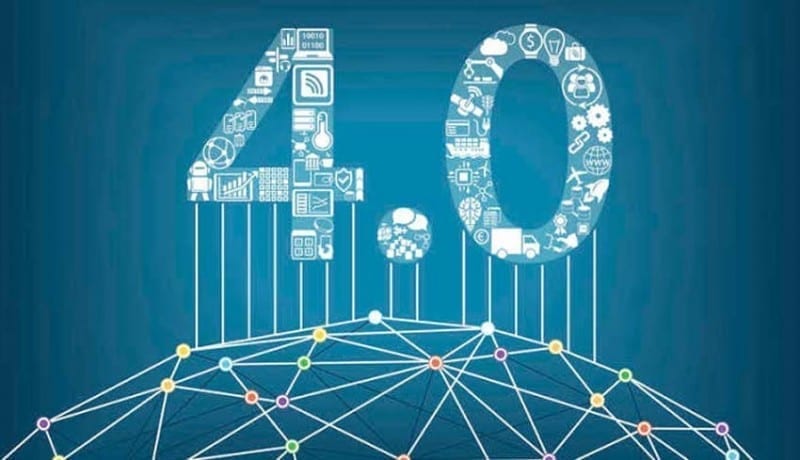Today is facing the Industrial Revolution 4.0, and this is based on the analysis of the Mckinsey Global Institute which explains that the Industrial Revolution 4.0 can have tremendous implications globally, where robots and machines will eliminate many jobs in the world, especially in the employment sector. On one different side, according to Oesterreich and Teuteberg (2016) this industrial era is more attached to connectivity and digitalization that can improve the efficiency of manufacturing chains and product quality so that in the future, it can eliminate 800 million jobs worldwide until reaching 2030. Morrar, Arman, and Mousa, (2017) explained that the era of the industrial revolution 4.0 was colored by artificial intelligence, supercomputers, genetic engineering, nanotechnology, automatic cars, and innovation. It can threaten the Indonesian Nation as one of the countries that have a workforce and high unemployment.
Indonesian government needs to address these changes quickly and accurately through the formulation of strategies that can increase the competitiveness of national industries while creating more extensive employment in the long run. This era disrupts various human activities in various fields, not only in the field of information and communication technology, but also in other fields such as economics, social, politics, health, and so forth. The development of the industrial revolution is also integral in constructing the human mindset and gives influence in the development of intellectual capital possessed by each organization. Intellectual capital can be the “main weapon” of an organization in accommodating organizational development and is inseparable from the character values instilled in employees while working. One of the problems faced by employees in the era of the industrial revolution 4.0 is that the character of employees is easily contaminated by the amount of information and issues that are obtained easily, quickly, at any time, and anywhere through various electronic devices.
Intellectual capital consists of three essential components, including human capital, structural capital, and relationship capital. Human capital is the amount of explicit knowledge that is a source of innovation and improvisation. Still, this component is difficult to measure and is a source of knowledge, such as skills and competence in producing the best solutions based on the knowledge of the organization. Structural capital is the ability of an organization to produce optimal intellectual performance and overall organizational performance through ongoing organizational processes and structures which can support the efforts of its members. Relationship capital shows the relationship of an organization with its stakeholders and can be seen from various parts outside the environment that can add value to an organization.
In its scale, scope, and complexity, the transformation that is happening is different from what humans have experienced before. There are at least two types of competencies needed to be adaptive to changes in the era of industrial revolution 4.0, namely personal competencies and interpersonal competencies as a form of construction of intellectual capital. Enrol, et. al. (2016) explained that personal competencies could be seen as the ability to develop cognitive abilities and value systems. Someone may own that while interpersonal competencies are embedded in individuals as social creatures with their environment where the ability to communicate, work together, and build social connections, and social structures with other individuals and groups.
To compete in a globalized world and be adaptive to changes in the industrial era 4.0, organizations must have human intellectual capital capable of creating organizational values that contain at least four characteristics according to Malik (2019), including resources valuable resources that enable organizations to implement strategies to improve efficiency and effectiveness. Second, scarce resources in which the organization has resources that are not owned by other organizations, and if the strategy is implemented, the organization will gain a competitive advantage. Third, unique resources that are not easy to imitate (imperfectly imitable resources) so that other organizations that seek to imitate need to pay expensively. Fourth, is substitutability where other organizations that do not have resources can imitate their effects by replacing them with resources.
From these explanations, it can be concluded that the rapid development of science and technology has significant consequences for human life, including the construction of intellectual capital in the era of the industrial revolution 4.0. Both human capital, structural capital, and relationship capital can be combined into an individual competency that is integrated with the ability to communicate, work together and build social connections, both social structures with individuals and with other groups in an organization.
Author: Dr. Falih Suaedi, Drs., M.Si. Dean of Faculty of Social and Political Sciences, Universitas Airlangga Lecturer in Administration Study Program
Link: https://www.ijicc.net/index.php/ijicc-editions/33-volume-13-2020/181-vol-13-iss-3





